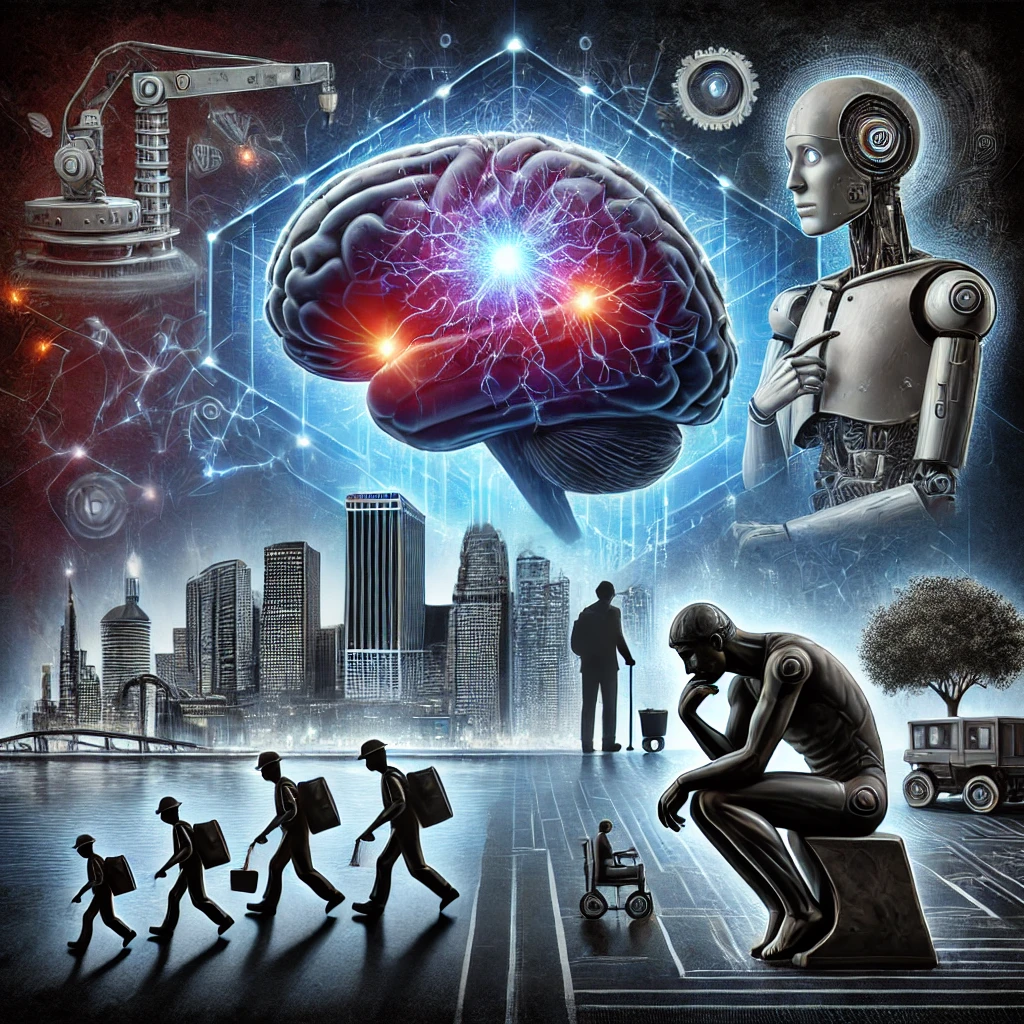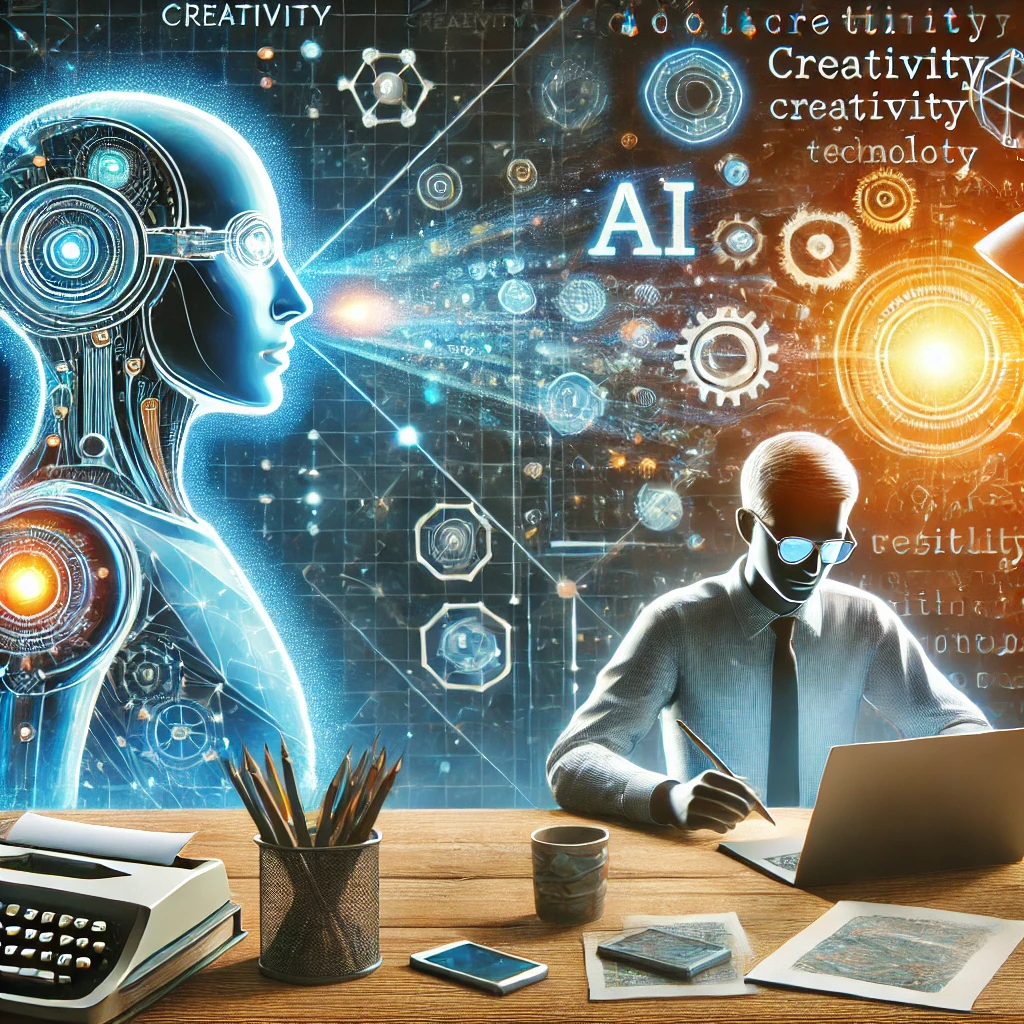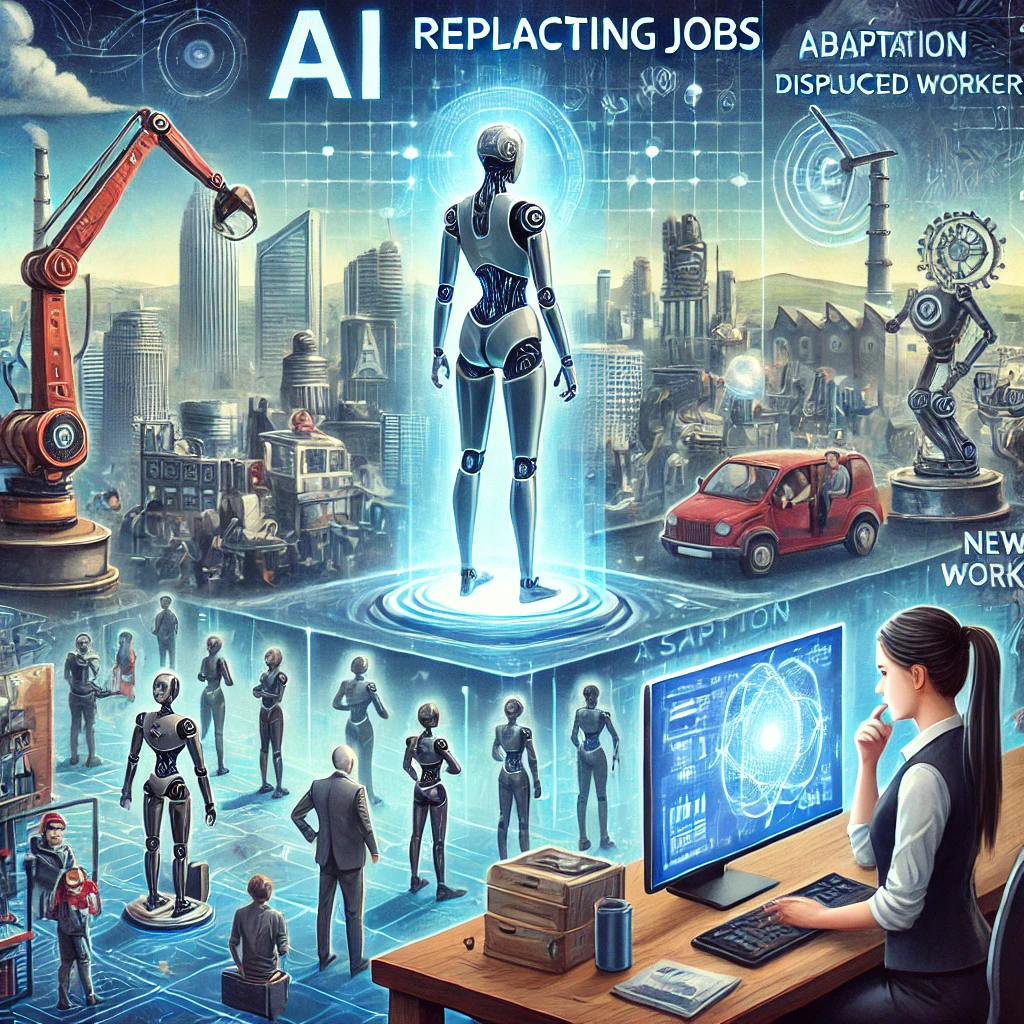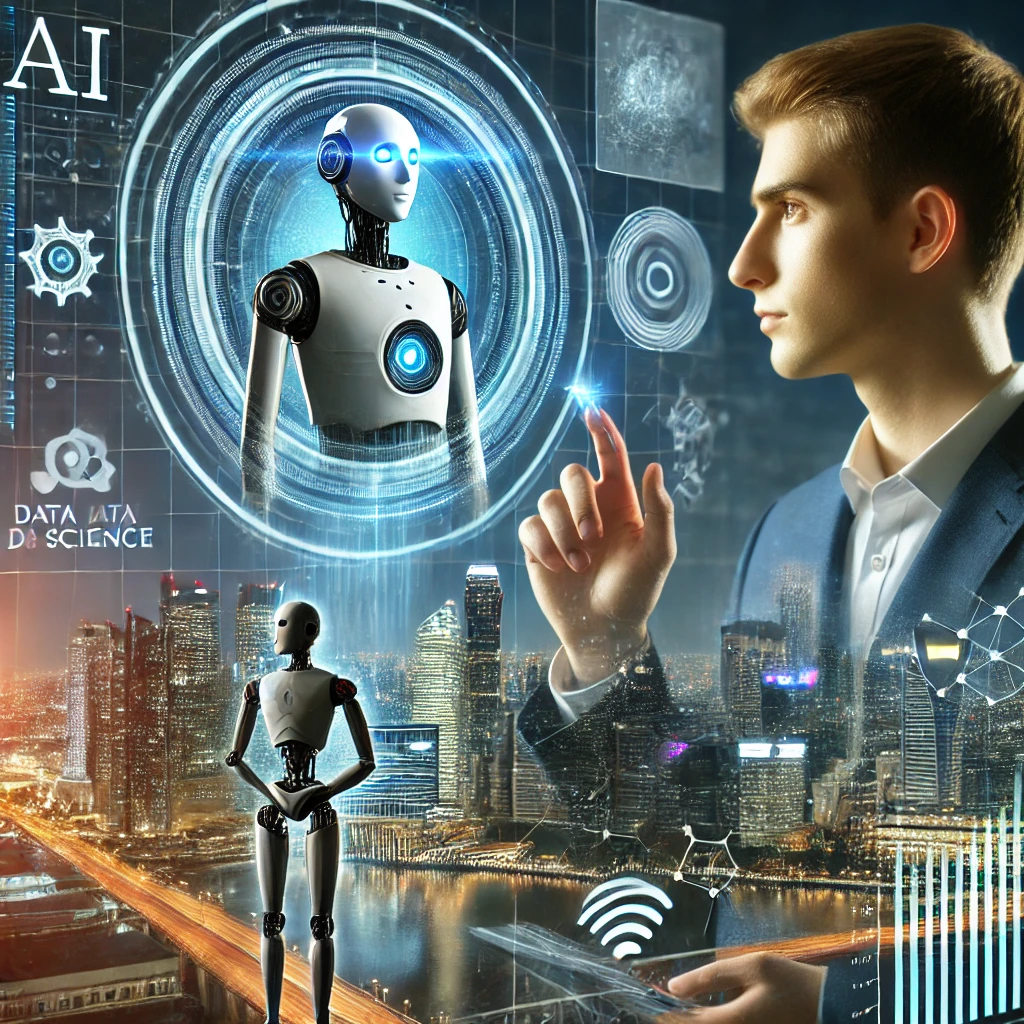Artificial Intelligence (AI) has revolutionized various sectors, offering unprecedented advancements and efficiencies. However, as with any transformative technology, AI introduces several side effects that warrant careful consideration. This article delves into the multifaceted impacts of AI, exploring both its benefits and potential drawbacks.
Table of Contents
ToggleThe Dual Nature of AI: Benefits and Side Effects
AI’s integration into daily life has led to significant improvements in healthcare, finance, and education. Yet, alongside these advancements, AI presents challenges that can affect individuals and society.
1. Job Displacement and Economic Inequality
Automation and Employment
AI-driven automation has streamlined numerous tasks, leading to increased productivity. However, this efficiency often results in job displacement, particularly in sectors like manufacturing and customer service. The World Economic Forum reports that automation could displace 85 million jobs by 2025.
Widening Economic Gap
The benefits of AI are not uniformly distributed. Companies and individuals who can leverage AI technologies gain a competitive edge, potentially exacerbating economic disparities. This disparity raises concerns about the equitable distribution of AI’s advantages.
2. Bias and Discrimination
Algorithmic Bias
AI systems learn from data, and if this data contains biases, the AI can perpetuate or even amplify them. For instance, biased data in hiring algorithms can lead to discriminatory practices, disadvantaging certain groups. A study by Coal Fire highlights that AI can inadvertently reinforce existing biases present in training data.
Discriminatory Outcomes
The deployment of biased AI systems can result in unfair treatment in critical areas such as lending, law enforcement, and healthcare. This underscores the need for rigorous testing and validation of AI models to ensure fairness and equity.
3. Privacy Issues
Data Privacy
AI systems often require vast amounts of personal data to function effectively. This dependency raises significant privacy concerns, as unauthorized access or misuse of this data can lead to breaches of confidentiality.
Surveillance
The use of AI in surveillance technologies can infringe on individual privacy rights. While these systems can enhance security, they also have the potential to monitor and track individuals without their consent, leading to ethical and legal dilemmas.
4. Security Risks
Cybersecurity Threats
AI can be weaponized to conduct sophisticated cyberattacks, including identity theft, fraud, and the spread of misinformation. The National Academy of Public Administration notes that AI’s capabilities can be exploited for malicious purposes, posing significant security threats.
Autonomous Weapons
The development of AI-controlled weapons systems raises concerns about accountability and the potential for unintended escalation in conflicts. The deployment of such technologies necessitates stringent international regulations to prevent misuse.
5. Dependency and Over-Reliance
Erosion of Critical Thinking
Excessive reliance on AI tools can lead to a decline in critical thinking and problem-solving skills. As noted by the New York University School of Professional Studies, over-dependence on AI may hinder individuals’ ability to make independent decisions.
Trust in Technology
An over-reliance on AI can result in misplaced trust, where individuals may accept AI-generated information without scrutiny, potentially leading to the spread of misinformation and reduced human oversight.
6. Ethical Concerns
Decision-Making in Sensitive Areas
AI’s involvement in critical decision-making processes, such as healthcare diagnostics and legal judgments, raises ethical questions about the appropriateness of machines making life-altering decisions. The University of Phoenix discusses how AI’s role in sensitive areas can lead to ethical dilemmas.
Dehumanization
The integration of AI into roles traditionally requiring human empathy and judgment, such as caregiving and counseling, may lead to a dehumanized experience for those receiving services. This shift necessitates a balance between technological advancement and the preservation of the human touch.
7. Environmental Impact
Energy Consumption
Training and operating AI models require substantial computational power, leading to significant energy consumption. IBM highlights that the environmental footprint of AI is a growing concern, with large-scale models contributing to increased carbon emissions.
Resource Depletion
The demand for advanced hardware to support AI operations can lead to resource depletion, as the production of such hardware requires rare earth elements and other materials, raising sustainability concerns.
Mitigating the Side Effects of AI
Addressing the adverse effects of AI requires a multifaceted approach:
- Regulation and Oversight: Implementing robust regulatory frameworks can ensure ethical AI development and deployment.
- Bias Mitigation: Developing algorithms that are transparent and regularly audited can help identify and correct biases.
- Privacy Protection: Adopting stringent data protection measures can safeguard personal information.
- Public Awareness: Educating the public about AI’s capabilities and limitations can foster informed decision-making and responsible usage.
Conclusion
To mitigate AI’s side effects, we must prioritize transparent AI development, implement ethical guidelines, and ensure robust regulation. Regular audits for bias in algorithms, investing in renewable energy for AI training, and promoting data privacy practices are also critical to reducing AI’s adverse effects. Furthermore, educating the public on the capabilities and limitations of AI will help foster more responsible AI usage.
While the potential of AI is vast and transformative, its side effects must be addressed to ensure that it benefits society without causing harm. Job displacement, privacy concerns, bias, and the ethical dilemmas surrounding AI systems require careful management through regulation, transparency, and accountability. By striking the right balance between innovation and caution, we can harness AI’s power while mitigating its risks. As AI continues to evolve, it is crucial to keep these side effects in mind and work collectively towards solutions that ensure the responsible use of AI for the betterment of society.
FAQs
Q1: How can AI lead to job displacement?
AI automates tasks traditionally performed by humans, particularly in sectors like manufacturing and customer service, leading to potential job losses.
Q2: What is algorithmic bias, and how does it affect AI systems?
Algorithmic bias occurs when AI systems produce prejudiced outcomes due to biased training data, leading to unfair treatment of certain groups.
Q3: What privacy concerns are associated with AI?
AI systems often require large amounts of personal data, raising concerns about data breaches and unauthorized surveillance.
Q4: How can AI be used maliciously?
AI can be used maliciously for various purposes, such as cyberattacks, identity theft, and fraud. Advanced AI algorithms can create convincing phishing attacks, create deepfakes for spreading misinformation, and even develop malware that can evade traditional cybersecurity measures
Q5: What are the environmental effects of AI?
The environmental impact of AI comes from the immense computational power required to train large AI models. This process consumes significant energy, often relying on non-renewable energy sources, contributing to carbon emissions. For a deeper dive into the ethical challenges and concerns surrounding AI, you can read more about the topic in The AI Ethics Journal.



